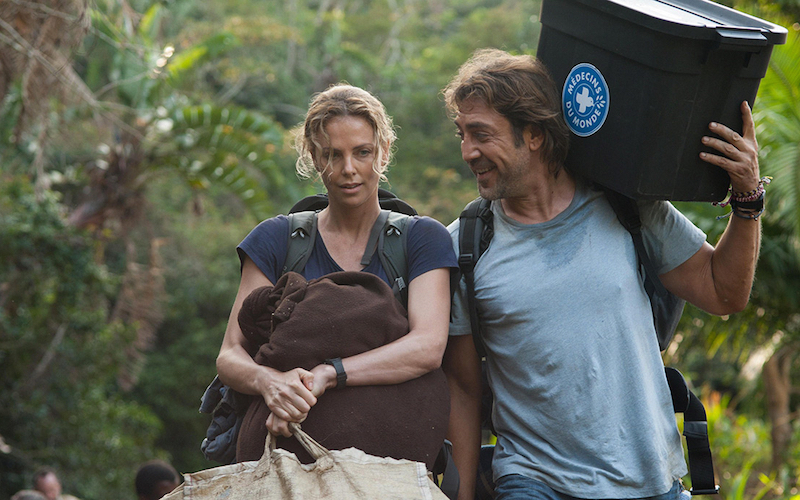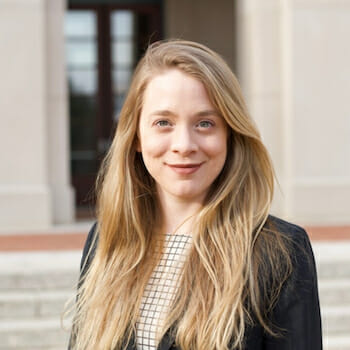
Lofty Goals and Mixed Messages: THO’s Experience at the World Humanitarian Summit
With all of the controversy and politicization leading up to last week’s World Humanitarian Summit (WHS), it was a feat in and of itself that the UN brought over 8,000 people together to highlight the dire state of the current humanitarian system. But for every important commitment made at the Summit, there was a glaring issue or criticism to go with it. One of the most prominent critiques being the informal, non-binding nature of the agreements made. While we can debate about the positives and negatives of the inaugural event, the real test will come in the next few years as the number of people in need of aid increases and pledges are put into action.
THO’s very own Sevilay Kaya was able to attend the Summit as a guest of Turkey’s Disaster and Emergency Management Authority (AFAD). A clear criticism heard throughout the two-day event was the UN’s mismanagement and disorganization. Ms. Kaya believes that although there were many interesting exhibits and presentations, the Summit was chaotic and fraught with miscommunication stemming from the UN’s coordination. Indeed, Christina Bennet of the Overseas Development Institute characterized the confusion: “Part high-level political meeting, part public caucus, the Summit had trouble properly engaging its attendees and effectively rallying them around its vision and objectives.” With so many different events and people coupled with such an ambitious list of goals, it seemed the UN was biting off more than it could chew.
As a guest of Turkey, Sevilay experienced treatment markedly different than other guests around her. For some reason, the UN did not communicate clearly with Turkey’s Ministry of Foreign Affairs to ensure that their guests had the same access as attendees from other countries. She explains that “the guests of Turkey felt like second class attendees,” waiting for hours in long lines for badges that were often lost or didn’t exist at all. Ms. Kaya waited for over two hours and was not allowed to enter the center until a representative from AFAD came to fix the discrepancy.
The UN denied accreditation to some Turkish guests, but this information was never communicated to Turkey’s Ministry and these attendees were denied entrance without explanation. The UN also limited access for the guests of Turkey by only giving them permission to attend “Turkish Side Events.” Even the information packets provided to attendees at the registration desk were not available for the guests of the Turkish Authorities.
With the news of a newly appointed Turkish Prime Minister and Cabinet, coverage of WHS seemed to be very minimal in local papers and on TV, so many Istanbulites didn’t even know what was going on or were focused on other domestic events. This may have added to the disconnect between the UN and Turkish planning committees.
While some disorganization may be expected for a first-time event of this scale, the lack of political leaders in attendance was a glaring failure, signaling an absence of needed political will and support. Government leaders from some of the largest industrial nations with clear stakes in the international humanitarian community, including permanent members of the UN Security Council and the G7, were nowhere to be seen.
At the end of the conference, UN Secretary General Ban Ki-moon and Turkish President Erdogan held a closing press conference where Ki-moon emphasized the lack of representation saying that, “It is a bit disappointing that some world leaders could not be here, especially those from the G7 countries.” Erdogan added that he was “saddened” that Germany’s Angela Merkel was the only head of state from the G7 to participate. According to the WHS’s own data, 173 countries were present at the summit, but only 55 of them were represented by the president or a government official.
Hollywood, however, seemed much more eager to get on a plane to Istanbul for the event. Actor Sean Penn, who has been very active in the humanitarian community and spent months in Haiti after the catastrophic earthquake, premiered his film The Last Face on the eve of the Summit. The film stars Charlize Theron and Javier Bardem as aid workers in an African country, and the Secretary General introduced the film. UNESCO advocate Forest Whitaker, Ashley Judd, and Daniel Craig also attended.
Sevilay and others were impressed by the variety of events and panels offered. However, she notes that a lot of these panels seemed to be a time for individual organizations to explain what they do without a clear emphasis on changing the way the larger community functions. Most programs she attended weren’t directly tied to the current humanitarian crisis and seemed to focus more heavily on Africa than Syria. “They didn’t seem to have a specific purpose or clear outcome,” she explained. “But they were useful to learn from best practice examples and also raised awareness for countries that are far from crises regions.”
The Innovation Marketplace was a highlight, showcasing innovative technology and how it can be used in a humanitarian context. There was a virtual reality exhibit that was, according to Kaya, “everyone’s favorite” and a Time Tunnel Exhibition that chronicled a decade of work from the Turkish Red Crescent. The pop-up exhibits between the sessions were a popular destination for attendees.
1,500 commitments were made during the WHS. Moving forward, it is important for global citizens to understand what commitments were agreed upon in order for us to hold actors accountable. Below is a summary of some of the most important.
What Commitments Were Made
Two New programs focusing on education and financing, respectively, should be counted as a win for the international community.
Educators saw the passage of Education Cannot Wait, a fund that will give all children in crises access to education by 2030. According to the Integrated Regional Information Networks, on average, less than two percent of humanitarian aid goes towards education. The Fuller Project for International Reporting reported that for refugees in Turkey alone, “nearly 500,000 children remain entirely cut off from the education system. Many have been pushed into early marriage or the labor market, while others sit in temporary homes or roam Turkish streets.” As a major step forward, some donors during the summit pledged to individually raise that two percent up to 30. Heba Aly of iRIN reported that “The fund aims to raise $3.85 billion over five years, and already has $90 million in contributions from Dubai Cares, the European Union, the Netherlands, Norway, the UK, and the United States.”
Another breakthrough was in relation to financing emergency response with the passage of The Grand Bargain. Participants agreed upon this 10-point plan which will more efficiently disperse direct funds to those most in need and provide more investment to national and local responders. Seven multilateral development banks, the World Bank, and the European Investment Bank will now work closely together to promote economic resilience, sharing best practices. Julia Steets, the director of the Global Public Policy Institute, also notes that the Grand Bargain will cut down on bureaucracy and streamline processes so people can actually help on the ground instead of spending all of their time in meetings and filling out paperwork. This agreement upheld the UN’s goal of increasing direct funding and capacity for local organizations.
New partnerships were also formed, including the Global Preparedness Partnership that will strengthen the preparedness level for 20 of the most vulnerable countries and the Global Alliance for Humanitarian Innovation, which creates a space where innovative tools and processes are shared. These alliances represent a shift towards more long-term, preventative thinking that will save lives and billions of dollars moving forward.
However, in general, the emphasis put on the refugee crisis leading up to the WHS was notably absent during the actual event. The US and Turkey, along with 47 other UN members states, tried to emphasize the importance of displaced people’s rights by signing a joint statement affirming the Importance of and Adherence to International Humanitarian Law. According to the Chair’s Summary, participants agreed to pursue “longer-term development outcomes to enhance the self-reliance of refugees,” creating livelihood and educational opportunities that are sorely lacking. However, when asked about concrete gains regarding forced displacement, Jeff Crisp, a refugee analyst and former head of policy at the UN Refugee Agency, said “both expectations and achievements of the WHS were very modest.”
The WHS Summary establishes a date of 2020 to assess the outcomes of the collectively agreed upon Agenda for Humanity. This date, only four years away, gives the international community little time to implement and see the results of the new frameworks. With a new UN Secretary General posed to replace Ban Ki-moon, many are skeptical that these commitments will be placed above other competing priorities.
The Secretary General and UN can only do so much. It is on the backs of governments, aid organizations, financial institutions, and citizens to put rhetoric into action. The WHS represents the initial step in a long journey, and the lingering question is: where is this new path taking us?
